GraphQL is a query language and runtime for APIs that was developed by Facebook. It was released as an open source project in 2015 and has since gained widespread adoption due to its advantages over REST APIs.
GraphQL provides a more flexible and efficient way to request and retrieve data from APIs.
Unlike REST, which is limited to fixed endpoints for each resource, GraphQL allows the client to specify exactly the data it needs, and the server to return only that data. This reduces the amount of over- or under-fetching of data, which can improve performance and reduce the amount of data transmitted over the network.
In GraphQL, the client specifies its data requirements using a query, and the server returns the requested data in a single response.
The query includes fields that represent the data that the client wants, and the server is responsible for returning the values for those fields. The structure of the response is determined by the structure of the query, so the client has full control over the shape of the data it receives.
GraphQL also provides strong typing, so both the client and the server can validate the data being transmitted. This makes it easier to catch errors early in the development process and helps ensure that the client is always receiving the correct data.
In addition to providing a more efficient and flexible way to request data, GraphQL also offers many other advantages over REST, including:
- Real-time updates: GraphQL allows clients to subscribe to updates in real-time, making it a great choice for applications that require real-time data.
- Single endpoint: With GraphQL, the client communicates with the server using a single endpoint, rather than multiple endpoints as with REST. This simplifies the API and reduces the amount of code required to consume it.
- Strongly typed schema: GraphQL has a strongly typed schema, which makes it easy for developers to understand the structure of the data being returned.
- Backward compatibility: GraphQL is designed with backward compatibility in mind, so it’s easy to add new fields to the API without breaking existing clients.
Overall, GraphQL offers a powerful and efficient way to request and retrieve data from APIs. It provides a more flexible and efficient alternative to REST, and its strong typing and backward compatibility make it a great choice for building modern, scalable APIs.

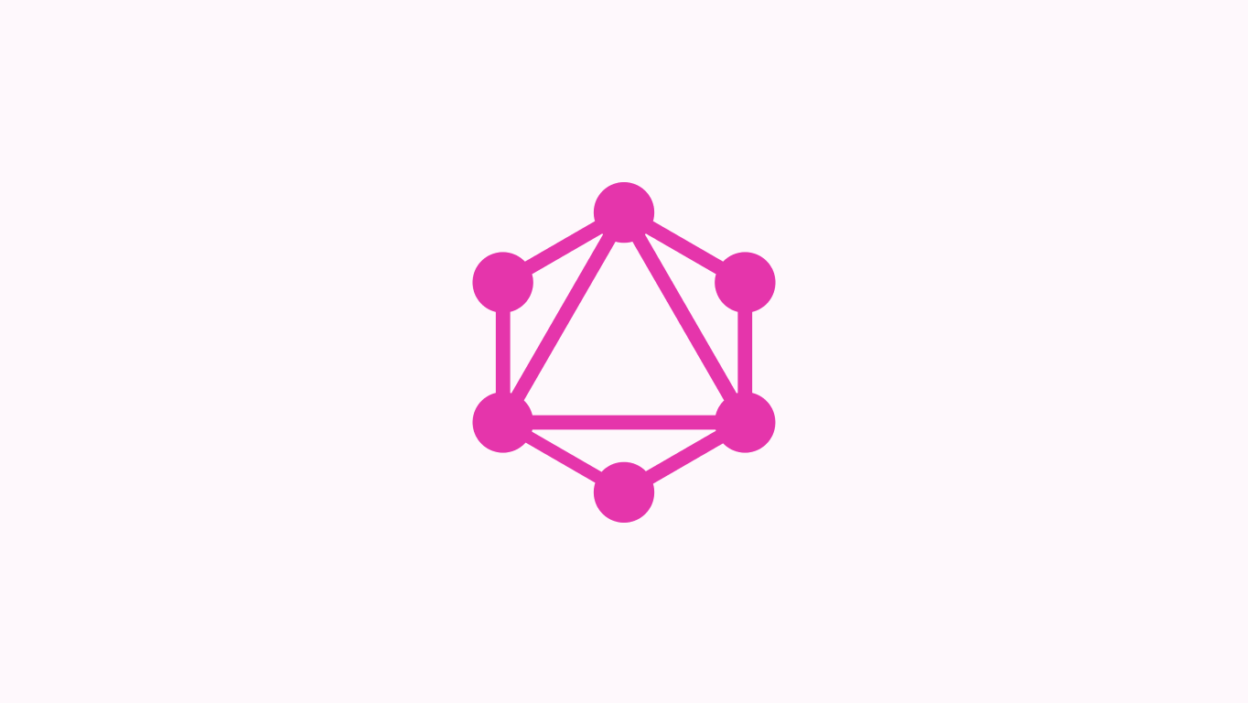
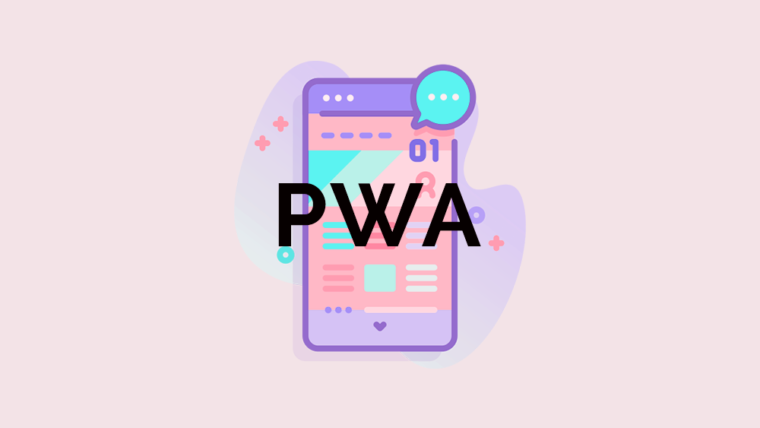
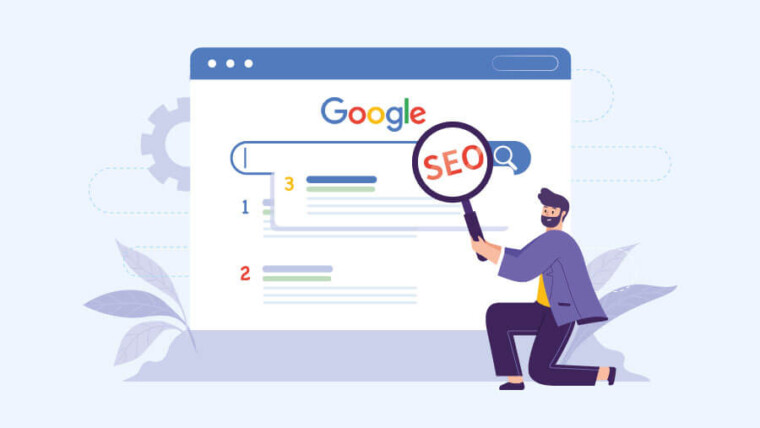

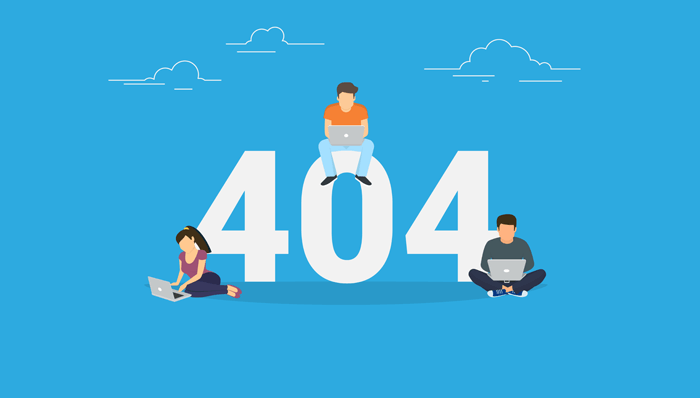

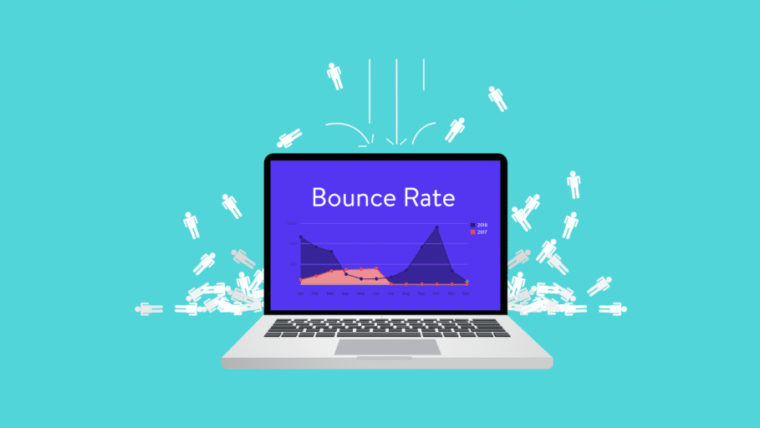
15 Best WordPress SEO Plugins and Tools for 2024
9 Best Free WordPress Plugins for eCommerce Sites
What is Progressive Web App (PWA)?
What is a Backlink?